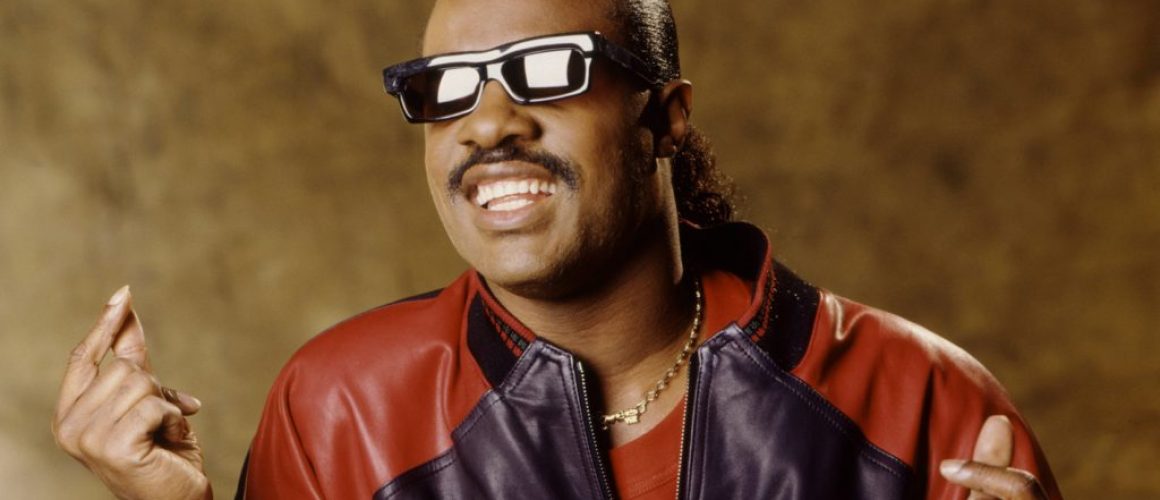Stevie Wonder: From Prodigy To Pioneer Of R&B
Stevland Hardaway Morris, AKA Stevie Wonder, is one of our favorite artists here at Retro Radio Australia. His career is one of the most remarkable of the 70s and onward, not least because of the staying power and relevance of his music and his impact on multiple genres, specifically R&B.
In a way, Wonder was an unlikely candidate for stardom. Not only when he was a black man in a time when racial segregation was still prevalent in the US, but he was also blind. Yet, in a sign of things to come, his meteoric rise to legendary musician and artist began when he was just a child.
Little Stevie Wonder
Wonder was born in 1950, six weeks premature. This in combination with the oxygen-rich incubator at the hospital caused his eyes to stop growing and his retinas to detach. The result was blindness for life.
Despite this inauspicious beginning, Wonder quickly developed an affinity for singing and playing musical instruments. At age 11, he was signed by a record label and began to go by his professional name, Little Stevie Wonder. Two years later he released his first hit single, “Fingertips,” which rose to number 1 on the Billboard Hot 100 list. This made him the youngest artist to ever reach that lofty mark.
Little Stevie Wonder coasted through lots of ups and downs during the rest of his teen years. He was almost dropped by his label when his voice started to change, and his next few releases after “Fingertips” were not nearly as successful.
Dropping The “Little”
The dropping of “Little” from his stage name serves in retrospect as a signal for Wonder’s change in fortunes. He had several hits throughout the rest of the 60s, including “Uptight (Everything’s Alright),” a Bob Dylan cover of “Blowin’ in the Wind,” “I Was Made To Love Her,” and “Signed, Sealed, Delivered, I’m Yours.”
Wonder established himself as more than just a one-hit wonder and a child prodigy. But his greatest years were yet to come.
Pioneering R&B
During the 70s, Wonder began work that would prompt critics to later refer to him as a pioneer in R&B, as well as pop, funk, jazz, soul, and gospel. This decade became known as his classic period, and in it he penned some of his most famous works, including Grammy award-winning albums Innervisions and Fulfillingness’ First Finale. These works helped push R&B into the album era.
Wonder’s songs in the classic period were popular because of his powerful, thought-provoking lyrics on social, political, and romantic themes, as much as for the incredible sound he produced. He used synthesizers and the Hohner Clavinet keyboard to create unique melodies unheard of anywhere else. His albums flowed together in unified works of incomparable artistry.
By the end of the 70s, Wonder had cemented himself as a legend in R&B and Pop forever.
Becoming A Legend
In the 1980s, Wonder rose even higher in the annals of music fame with some of his most famous hits, like “Let’s Get Serious,” “Happy Birthday” (which he used to advocate for Martin Luther King, Jr.’s birthday to be recognized as a national holiday), “That Girl,” and “I Just Called to Say I Love You.”
Following the 80s, Wonder continued making music and becoming a legendary icon, singing at the Olympics, collaborating with other huge stars such as Babyface and Sting, and receiving the Presidential Medal of Freedom.
Keep the legend alive and request us to play your favourite Stevie Wonder hits from our enormous music library at Retro Radio Australia.

